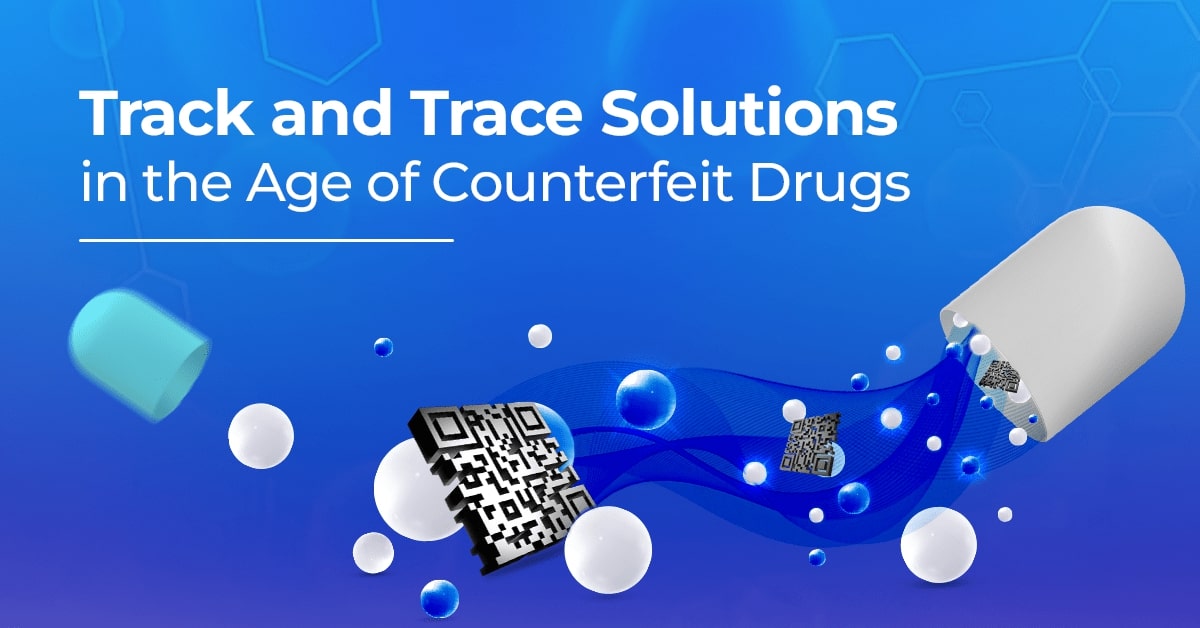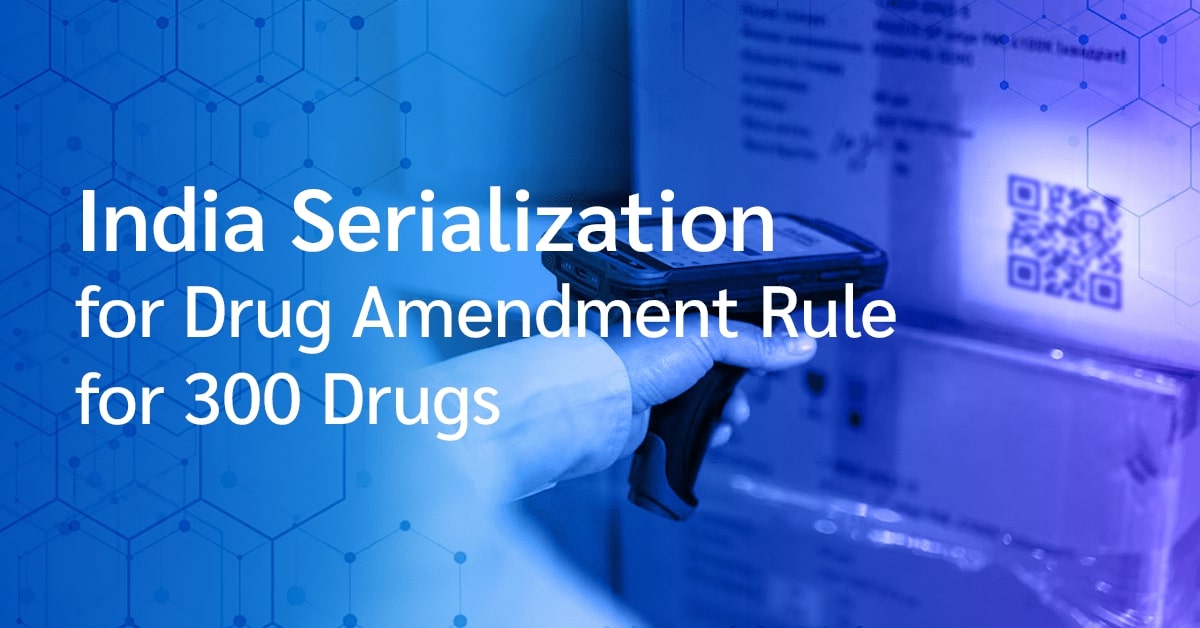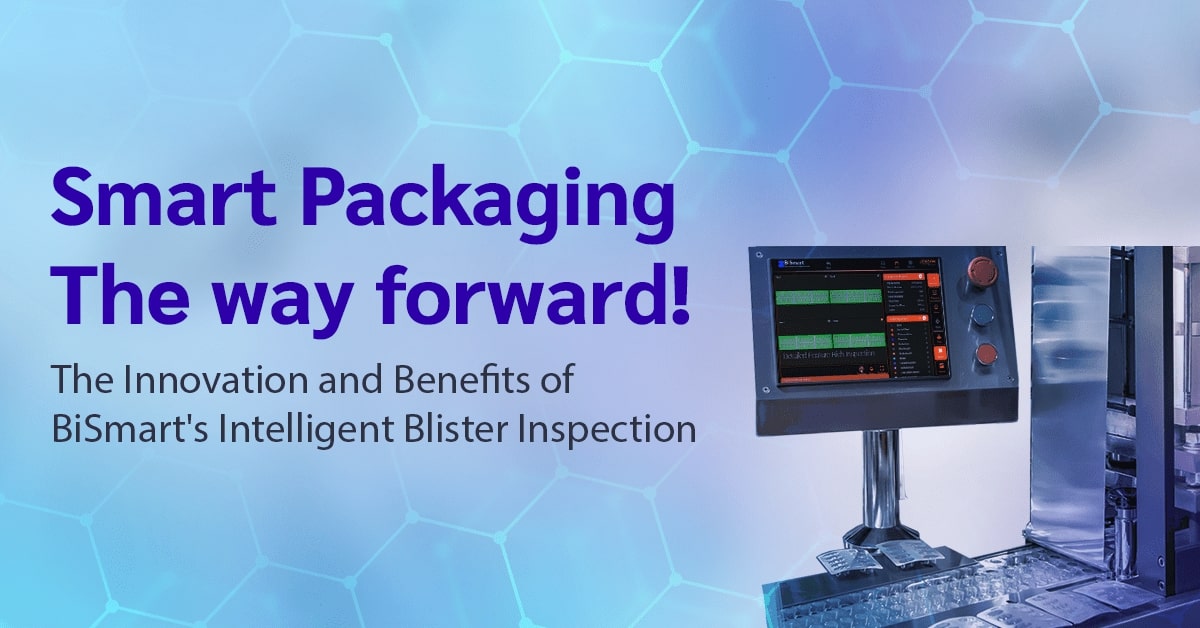In the pharmaceutical industry, line clearance refers to the systematic process of ensuring that a manufacturing or packaging line is free from contaminants, previous product remnants, tools, and documentation before starting the production or packaging of a new product.
It is a mandatory step in ensuring compliance with Good Manufacturing Practices (GMP) and regulatory guidelines.
Line clearance is a detailed verification process involving:
- Removal of previous materials (e.g., labels, cartons, or ingredients from the previous batch).
- Inspection of the workspace for potential cross-contamination risks.
- Documentation of the clearance process to ensure traceability and accountability.
It is an important step to prevent mix-ups and maintain product integrity, ultimately safeguarding patient safety.
However, traditional line clearance methods are labor-intensive, time-consuming, and prone to human error, making it a bottleneck in pharmaceutical production.
This is where Artificial Intelligence (AI) emerges as a revolutionary force.
Why AI is Transforming Line Clearance
AI is changing the pharmaceutical industry in remarkable ways, and line clearance is no exception.
Here’s how AI is making a meaningful impact:
1. Enhanced Accuracy and Compliance
Manual line clearance relies heavily on human intervention, which is inherently prone to errors.
Missing a small piece of material or documentation can lead to regulatory non-compliance and recalls.
AI systems equipped with advanced computer vision and machine learning algorithms can:
- Detect minuscule remnants of material or tools.
- Ensure complete removal of batch-specific documentation or product identifiers.
- Provide photographic and data-based evidence of successful clearance for audit purposes.
2. Speed and Efficiency
Traditional line clearance, which often takes hours in complex production settings, can be significantly accelerated with AI-powered systems.
By automating tasks such as scanning the production line for leftover materials and cross-verifying against predefined clearance criteria, AI enhances speed and efficiency.
This streamlining of the process shortens production timelines without compromising quality.
3. Predictive Maintenance and Prevention
Keeping operations smooth and efficient during line clearance is essential, and that’s where predictive maintenance becomes so important.
AI helps you stay ahead of potential problems.
By analyzing past data, it:
- Identifies recurring issues in line clearance failures.
- Spot patterns to understand where things might go wrong.
- Recommends proactive steps to prevent common problems like missed spots or incomplete cleaning.
4. Scalability in Multi-Product Facilities
In facilities handling multiple products with frequent line changeovers, the complexity of line clearance increases exponentially.
AI systems can handle this complexity by:
- Storing and analyzing product-specific clearance protocols.
- Automatically adjusting workflows based on the next product’s requirements.
This scalability ensures consistency and reduces downtime in high-throughput environments.
How AI Enhances Line Clearance Processes
1. Computer Vision for Inspection
AI-powered computer vision systems use cameras and deep learning algorithms to:
- Detect physical remnants, such as labels, cartons, or spilled materials.
- Identify improper placements of tools or equipment.
These systems can outperform human inspectors in detecting small or hidden contaminants, ensuring a more thorough clearance.
2. Automated Documentation
AI systems can automate the documentation process by:
- Capturing images and videos of the cleared line.
- Generating real-time reports that include timestamps, detected issues, and resolutions.
This documentation serves as robust evidence for regulatory compliance and reduces the administrative burden on human operators.
3. Robotic Assistance
AI-powered robots can assist in physical tasks such as:
- Removing remaining items from the line.
- Cleaning surfaces and verifying the cleanliness with precision sensors.
These robots ensure uniformity and consistency in clearance processes.
4. Integrated IoT and AI Systems
By integrating AI with the Internet of Things (IoT), pharmaceutical companies can achieve real-time monitoring of equipment and workspaces.
IoT-enabled sensors can detect:
- Residual particles or liquids.
- Environmental factors like temperature or humidity may impact the cleaning process.
AI then processes this data to provide actionable insights and alerts.
5. Training and Simulation
AI can also be used to train personnel through virtual simulations.
Operators can practice line clearance procedures in a risk-free virtual environment, enhancing their skills and reducing errors during actual operations.
The Benefits of AI in Line Clearance
1. Improved Safety and Quality
AI minimizes human error, ensuring that the final product meets the highest safety and quality standards.
2. Cost Savings
By reducing clearance time, minimizing errors, and preventing recalls, AI generates substantial cost savings for pharmaceutical companies.
3. Regulatory Compliance
AI’s ability to provide detailed and accurate documentation simplifies compliance with stringent regulatory requirements from agencies like the FDA and EMA.
4. Increased Productivity
Faster and more reliable line clearance processes lead to increased production capacity, enabling companies to meet market demands efficiently.
5. Sustainability
AI systems optimize the use of cleaning materials and energy, contributing to more sustainable manufacturing practices.
The Future of Line Clearance with AI
AI is undoubtedly a game-changer for line clearance in the pharmaceutical industry.
By enhancing accuracy, speed, and compliance, it addresses the limitations of traditional methods while paving the way for more efficient and scalable operations.
As the industry continues to embrace digital transformation, AI-driven line clearance will become a cornerstone of modern pharmaceutical manufacturing.
In an era where patient safety and regulatory compliance are non-negotiable, investing in AI-powered line clearance systems is not just a technological advancement but a strategic necessity.
Companies that adopt this innovation will not only gain a competitive edge but also set new benchmarks in quality and efficiency.
Discover how Jekson Vision can provide advanced AI solutions to enhance efficiency and compliance in your operations.
Visit our website today.







